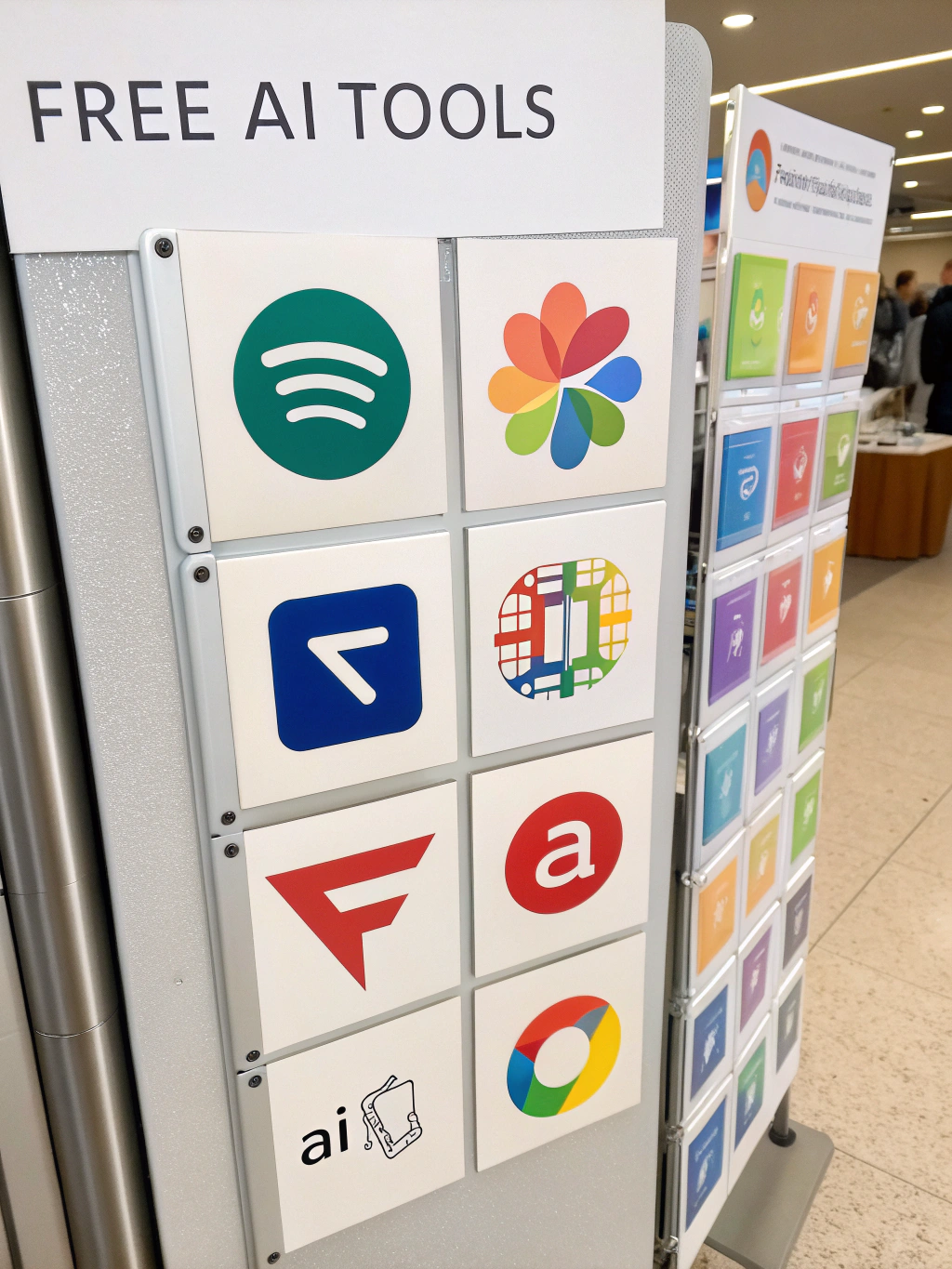The Power of Open Source in Business Technology

Is Your Business Missing Out on the Innovation Revolution? The Power of Open Source Tech
In today’s rapidly evolving technological landscape, the question isn’t if you should embrace new technologies, but how. Are you leveraging the power of Open Source Tech to drive innovation, reduce costs, and gain a competitive edge? Many businesses are still hesitant, clinging to traditional models. But the truth is, the open-source movement is no longer a niche phenomenon – it’s the engine powering much of the digital world. From the operating systems that run billions of devices to the software frameworks underpinning groundbreaking applications, Open Source Tech is reshaping how we build and use technology. We’ll dive deep into this transformative movement, exploring its trends, benefits, and practical applications.
Key Concepts & Trends

Open Source Tech is far more than just freely available code. It represents a collaborative ecosystem where developers worldwide contribute to creating and improving software. Several key trends are shaping this dynamic:
- Cloud-Native Open Source: Containerization technologies like Docker and orchestration platforms like Kubernetes, both open-source, are revolutionizing application deployment in the cloud. They offer scalability, portability, and resilience, crucial for modern businesses.
- Example: Many leading SaaS providers use Kubernetes to manage their infrastructure efficiently.
- AI/ML Open Source: Frameworks like TensorFlow, PyTorch, and scikit-learn, open-source libraries for artificial intelligence and machine learning, are democratizing access to powerful AI capabilities.
- Analogy: Think of these frameworks as LEGO bricks – you can combine them to build complex AI models tailored to your specific needs.
- DevOps & Automation Open Source: Tools like Ansible, Terraform, and Jenkins streamline the software development lifecycle (SDLC), enabling faster releases and improved collaboration. They promote automation, reducing manual errors and increasing efficiency.
- Example: Ansible can be used to automate server configuration and deployments, saving IT teams valuable time and resources.
- Web3 & Blockchain Open Source: Open-source blockchain platforms like Ethereum are fostering innovation in decentralized finance (DeFi), non-fungible tokens (NFTs), and decentralized autonomous organizations (DAOs).
Data & Market Insights
The market for Community Software is experiencing explosive growth. According to a recent report by Statista, the global open-source software market is projected to reach $74.8 billion by 2027, growing at a CAGR of 11.6%. This growth is driven by factors like cost savings, increased flexibility, and faster innovation cycles.
Consider the success of Red Hat, acquired by IBM for $34 billion. Red Hat’s open-source enterprise solutions have become indispensable for many businesses, delivering hybrid cloud capabilities and streamlined operations. The adoption of Community Software is particularly strong in areas like cloud computing, cybersecurity, and data analytics.
Infographic suggestion: A bar graph illustrating the projected growth of the open-source software market vs. proprietary software market over the next 5 years.
Smarter Strategies & Alternatives
Adopting Open Source Tech isn’t simply about downloading free software. A strategic approach is essential. Here’s how:
- Choose the right license: Understand the implications of various open-source licenses (e.g., MIT, Apache, GPL) regarding modification and distribution rights.
- Build a community: Actively participate in open-source communities to contribute, learn, and gain support.
- Consider managed services: If internal expertise is lacking, explore managed open-source services from providers like Canonical (Ubuntu), Red Hat, or SUSE.
- Evaluate cloud-based open-source solutions: Many cloud providers offer managed open-source services, simplifying deployment and maintenance (e.g., AWS Marketplace, Azure Marketplace).
Use Cases & Applications
The applications of Open Source Tech are virtually limitless.
- Fintech: DeFi protocols built on open-source blockchain platforms are disrupting traditional finance, offering new avenues for lending, borrowing, and trading.
- Healthcare: Open-source electronic health record (EHR) systems allow for greater data interoperability and improved patient care.
- E-commerce: Open-source platforms like WooCommerce and Magento provide businesses with cost-effective and customizable e-commerce solutions.
- Cybersecurity: Tools like Wireshark and Metasploit enable security professionals to identify and mitigate threats.
- Government: Many governments are adopting open-source solutions to improve transparency and reduce IT costs.
Common Mistakes to Avoid
- Ignoring Licensing: Failing to understand the licensing terms can lead to legal issues. Always verify the license before using or modifying open-source software.
- Lack of Community Engagement: Neglecting to participate in the community can limit access to support and updates.
- Insufficient Security Audits: Relying solely on the open nature of the code for security is risky. Regularly perform security audits and apply patches promptly.
- Overlooking Support Costs: While the software itself may be free, costs associated with implementation, customization, and ongoing support can be significant.
Maintenance, Security & Long-Term Planning
Maintaining Open Source Tech requires proactive planning.
- Regular Updates: Keep software up-to-date with the latest security patches.
- Security Scanning: Use automated security scanning tools to identify vulnerabilities.
- Backup and Disaster Recovery: Implement robust backup and disaster recovery plans to protect your data.
- Compliance: Ensure that your use of open-source software complies with relevant regulatory requirements (e.g., GDPR, CCPA).
- Version Control: Use version control systems like Git to track changes and facilitate collaboration.
Summary & Key Takeaways
Open Source Tech is no longer optional; it’s a strategic imperative for businesses seeking innovation, efficiency, and cost savings. By embracing open-source principles and adopting a strategic approach, you can leverage the power of collaboration to build a more resilient, adaptable, and competitive future. Investing in Community Software can deliver substantial ROI and empower your organization to thrive in the digital age.
FAQs
- Is it too late to invest in crypto? While the cryptocurrency market has experienced volatility, the underlying technology (blockchain) remains transformative. A moderate and well-researched approach can still yield positive returns. Consult with a financial advisor before making any investment decisions.
- How can small businesses use AI? Small businesses can leverage AI through readily available open-source tools and cloud-based AI platforms, such as TensorFlow or Google Cloud’s AI services. Starting with simple automation tasks or data analysis is a good first step.
- What tech stacks scale best? Cloud-native stacks built on containers (Docker, Kubernetes) and microservices architectures are generally the most scalable. Choosing open-source technologies like PostgreSQL or MySQL for databases can also enhance scalability.
Share this content:














Post Comment